Inside the Fight to Save an Overlooked Piece of Country Music History
A nondescript building in Atlanta, considered a birthplace of country music, may soon be demolished—and become a Margaritaville.
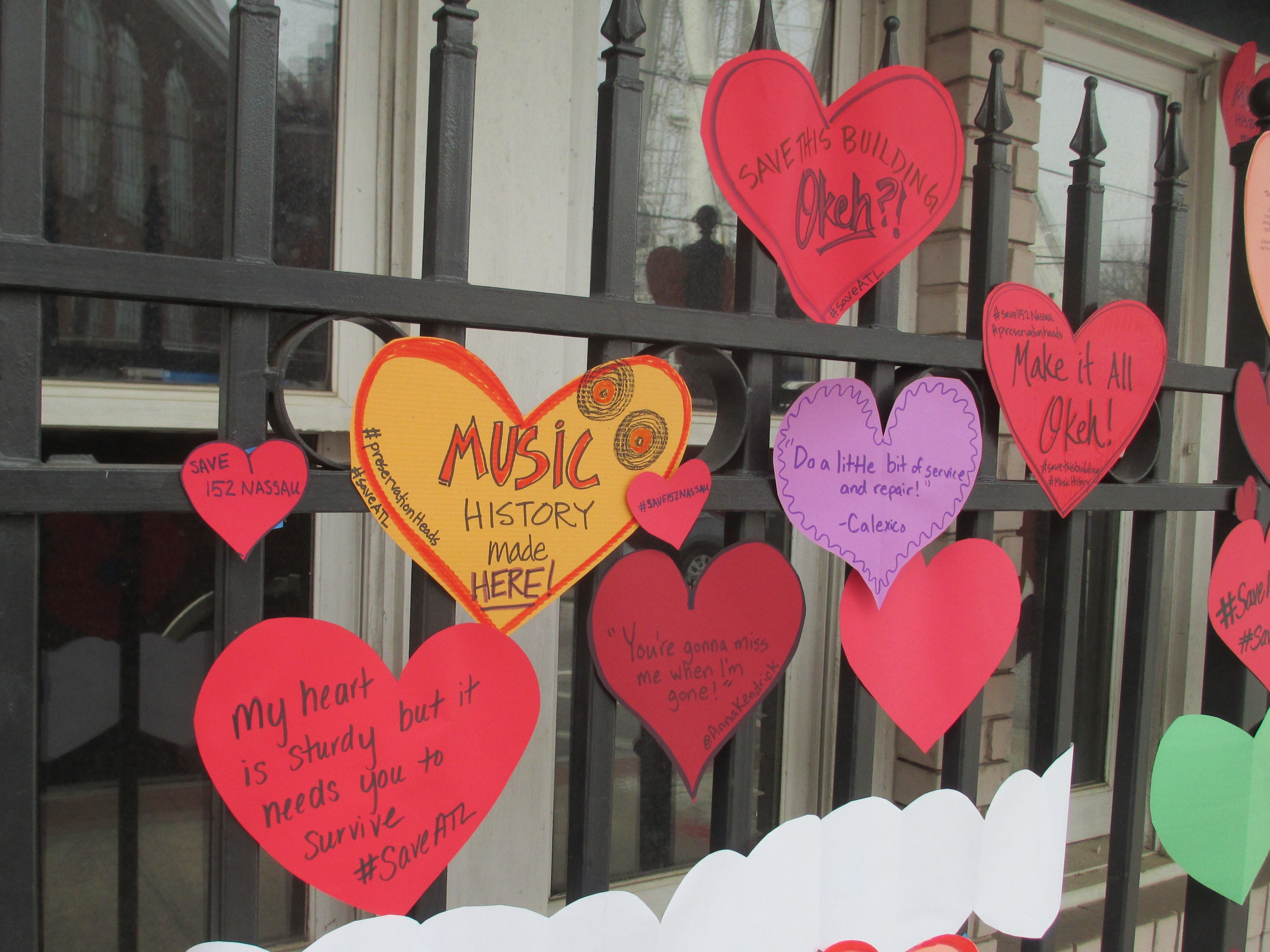
Tucked away on a side street in downtown Atlanta, Georgia, it’s easy to overlook the two-story brick building at 152 Nassau Street NW.
A concert hall called the Tabernacle towers over it. So does one of the area’s newest tourist draws, a 20-story Ferris wheel. It hardly draws a second look from people headed for Centennial Olympic Park, CNN Center, or the gleaming new Mercedes-Benz Stadium, home of the 2019 Super Bowl.
But nearly a century ago, 152 Nassau was where a talent scout from one of the first American record labels set up shop to put some of the sounds of the American South on disc. The result was what historians consider the first commercial country record, “The Little Old Log Cabin in the Lane,” by an Atlanta musician named Fiddlin’ John Carson.
Preservationists are now engaged in a campaign to save the building—and they’re hoping one of today’s famous musicians can stop the wrecking ball from swinging.
They’re pleading with Jimmy Buffett, the singer-songwriter who parlayed his tales of laid-back beach life into the Margaritaville resort chain, to spare the building. Buffett’s company wants to knock it down and build a 20-plus-story playground for Parrotheads, as his fans are known, in what’s now a booming tourist district.
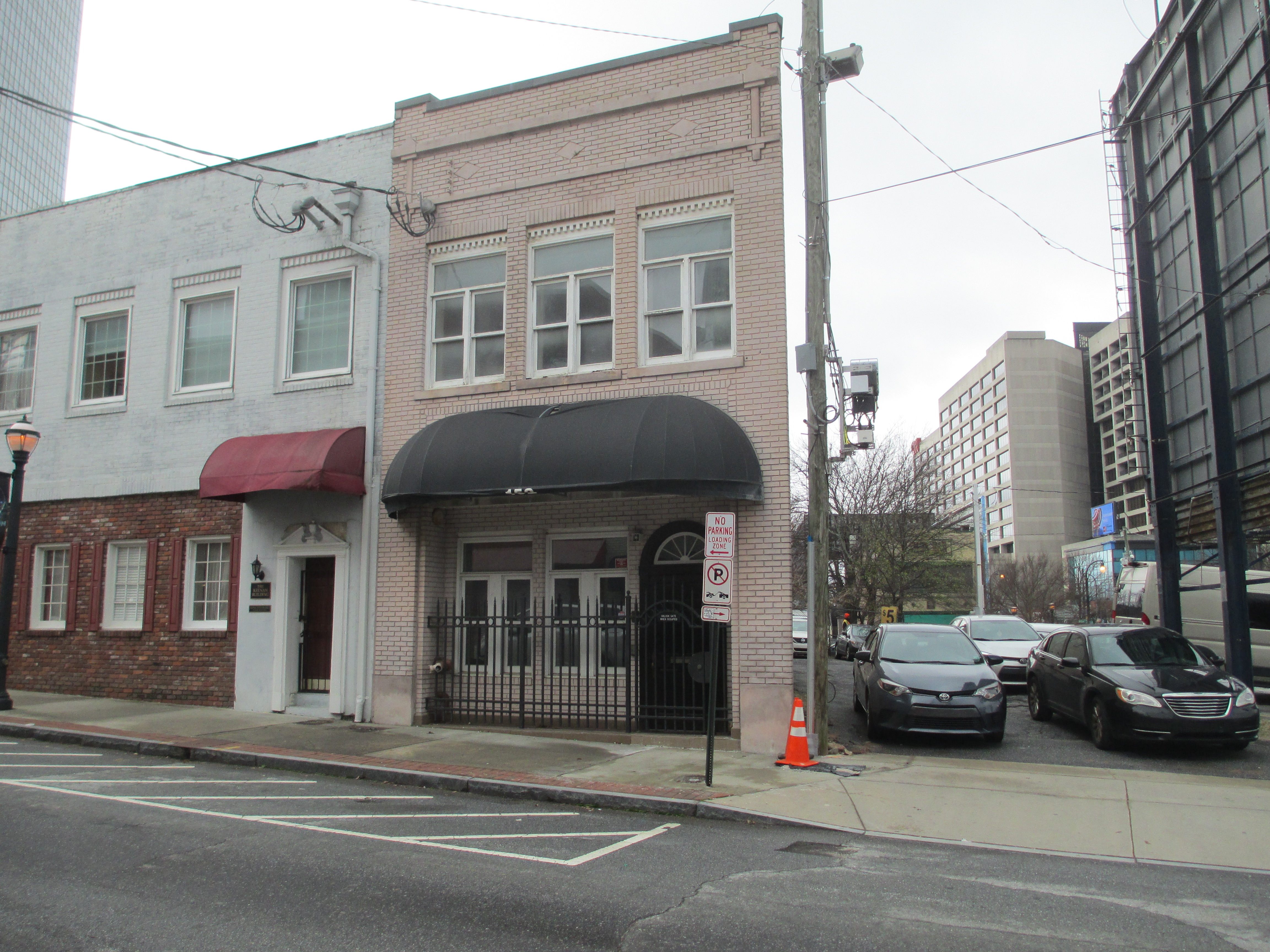
“Nobody’s trying to say, ‘Don’t do a Margaritaville, don’t do a hotel,’” says Kyle Kessler, an architect and amateur historian who launched a petition to save the building. “It would seem to me that a development and a brand that’s associated with a worldwide-known musician would only benefit from having a piece of musical heritage in proximity to their project.”
The story starts in 1923, when a talent scout for New York-based OKeh Records named Ralph Peer came to Atlanta with what was then the state-of-the-art in audio technology: portable recording gear.
“Record executives in New York were looking for new audiences to expand sales, and two big potential audiences were southern whites and southern African Americans,” says Steve Goodson, a historian at the University of West Georgia.
With the help of a local furniture scion named Polk Brockman, whose family store sold record players, Peer set up a studio in what was then a vacant building and put ads in the newspapers looking for talent. One of the people who responded was Carson, who was already something of a local celebrity.
Carson grew up in nearby Cobb County and settled in Atlanta’s Cabbagetown neighborhood, which was home to a textile mill and full of Appalachian transplants who worked there. He’d won several local fiddle competitions and played on Atlanta radio station WSB, which started broadcasting in 1922.
Record companies were worried about the competition from radio, and Peer wanted to open up a market for what was known then as “race music”—the blues—and “hillbilly music,” says Goodson, author of a book on Atlanta’s popular entertainment scene in that era.
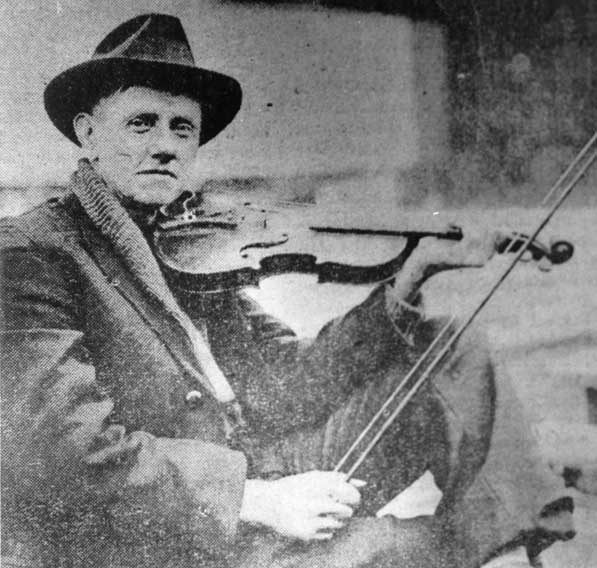
“The Little Old Log Cabin in the Lane” was a minstrel-show tune that had become a mountain standard by the 1920s. Peer called it “pluperfect awful.” But listeners didn’t agree. Boosted by Brockman, its initial pressing of 500 discs quickly sold out.
Carson’s wasn’t the “absolute first” country record, Goodson says. “But his sold and caught people’s attention. That helped provide momentum to further recordings and the development of this industry in the South.”
And Kyle Young, CEO of the Country Music Hall of Fame in Nashville, said the recordings made on Nassau Street were “of tremendous significance.”
“It pains me and alarms me to hear that a sacred space so tightly tied to our country’s musical heritage might be demolished in favor of commercial concerns,” Young said in a written statement in support of the petition. “The Nassau building should be a place for education, appreciation, and reflection, and I urge that it be spared the wrecking ball.”
Peer also recorded black Atlanta musicians including the blues singer Fannie Mae Goosby and the pianist Eddie Heyward. The sessions proved successful enough that OKeh and other labels sent scouts to cities such as Memphis and New Orleans to seek out talent there. It’s that mix of early blues, jazz, and country that makes what happened on Nassau Street “a truly unique Atlanta story,” Kessler says.
“There were folks coming into the city, whether they were coming down from the mountains or in from the former plantations … coming into an industrialized city, and they were going to be sharing their cultures together,” he says.
The fight for 152 Nassau Street is a battle with echoes of Atlanta’s cultural and structural history.
Settled less than 30 years before Union Major General William Sherman put it to the torch during the U.S. Civil War, the city never has had much attachment to old buildings—or patience with those who would save them. Andrew Young, the civil rights activist who became mayor in the 1980s, once declared, “Atlanta has no character. We’re building it now.” Architectural landmarks, such as the Loew’s Grand Theater, where Gone With the Wind premiered in 1939, and the Terminal Station rail depot, were torn down before any kind of historic preservation movement caught on.
The first big success came in the 1970s, when preservationists managed to save the Casbah-styled Fox Theater, now the city’s premier concert hall. A historic preservation ordinance now covers 60 buildings and more than a dozen neighborhood districts. Other structures, including civil rights leader Martin Luther King’s birthplace and his family church, Ebenezer Baptist, are now part of the National Park Service.

“We’ve seen fits and starts. We’ve seen individual causes that have brought attention to a particular building that’s been saved,” Kessler says. “But the city still seems to be stuck in this mentality of, ‘This is the way we’ve always operated. We just tear stuff down. We don’t have any history that’s worth saving.’”
The story is also bound up in the city’s legacy of prejudice. Carson got an early taste of celebrity from a song he wrote about the 1913 killing of a pencil-factory worker named Mary Phagan. Today, it’s known as the case that led to the lynching of Phagan’s boss, Leo Frank, a Northern Jewish transplant.
The Frank case led to the creation of the Anti-Defamation League—and the rebirth of the Ku Klux Klan. Carson played at Klan rallies and performed at political rallies for segregationist politicians, Kessler says. But he was also involved in labor issues and played a 1933 benefit for a jailed black Communist union organizer that’s now seen as Atlanta’s first integrated concert.
“It’s a very complex story,” Kessler says. “This guy can be singing songs taken by anti-Semites to lynch Leo Frank, singing about African-American folk hero John Henry, he’s attending rallies fund-raising for the Klan, he’s also on Auburn Avenue at the first desegregated musical performance in the city’s history.”
But that history remains uncomfortable for both blacks and whites, Kessler says. During the civil rights movement, Atlanta rebranded itself a business-friendly “city too busy to hate” and then as an “international city”—a global commerce hub symbolized by the world’s busiest airport and its successful bid for the 1996 Olympics.
“Atlanta has always had this inferiority complex, always had this desire to be the New York or Chicago of the South,” Goodson says. But while city fathers would bring in highbrow traveling companies such as the Metropolitan Opera, “It’s this hillbilly and blues recording that really gives it a claim to fame. The Atlanta elite, its civic leaders and all, have never seen particular value in that.”
City planners have signed off on Margaritaville’s request for a demolition permit, which the company filed in December 2018. Margaritaville didn’t respond to requests for comment, and an inquiry to Buffett through his record label went unanswered. But Kessler and his supporters hope the company will incorporate the Nassau Street building into its design.

Peer went on to produce the 1927 recordings of Jimmie Rodgers and the Carter Family in Bristol, a mountain town on the Tennessee-Virginia line, that are sometimes called the “Big Bang” of country. And starting in the Great Depression, Tennessee became the genre’s center of gravity. The Grand Ole Opry on Nashville’s WSM radio station became the industry’s showcase, and major labels set up shop there after World War II.
Atlanta today is a hub for hip-hop and an incubator for indie rock and alt-country. It’s also been good to Buffett, who regularly played the city’s clubs on his way up and recorded part of his first live album at the Fox. Those fighting to save 152 Nassau are hoping that history will strike a chord with the singer, and that Margaritaville won’t let it waste away.
“Something significant happened in Atlanta in 1923, and this building is the last physical link to that,” Goodson says. “It would be a shame to see it go.”*
*Correction: This post previously misquoted Goodson as saying, “I would be ashamed to see it go.” Rather, he said, “It would be a shame to see it go.”
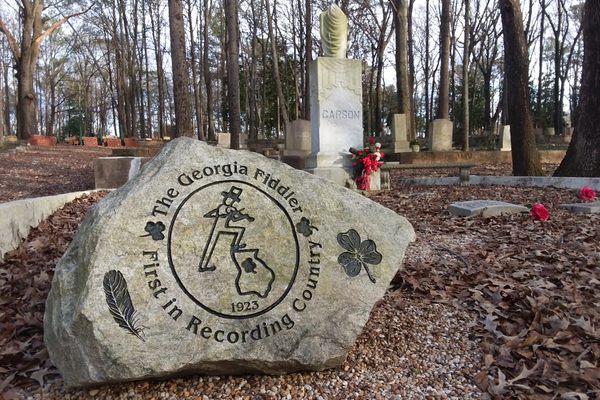


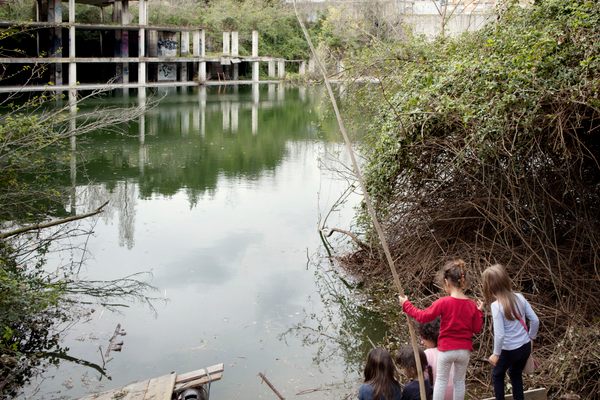







Follow us on Twitter to get the latest on the world's hidden wonders.
Like us on Facebook to get the latest on the world's hidden wonders.
Follow us on Twitter Like us on Facebook